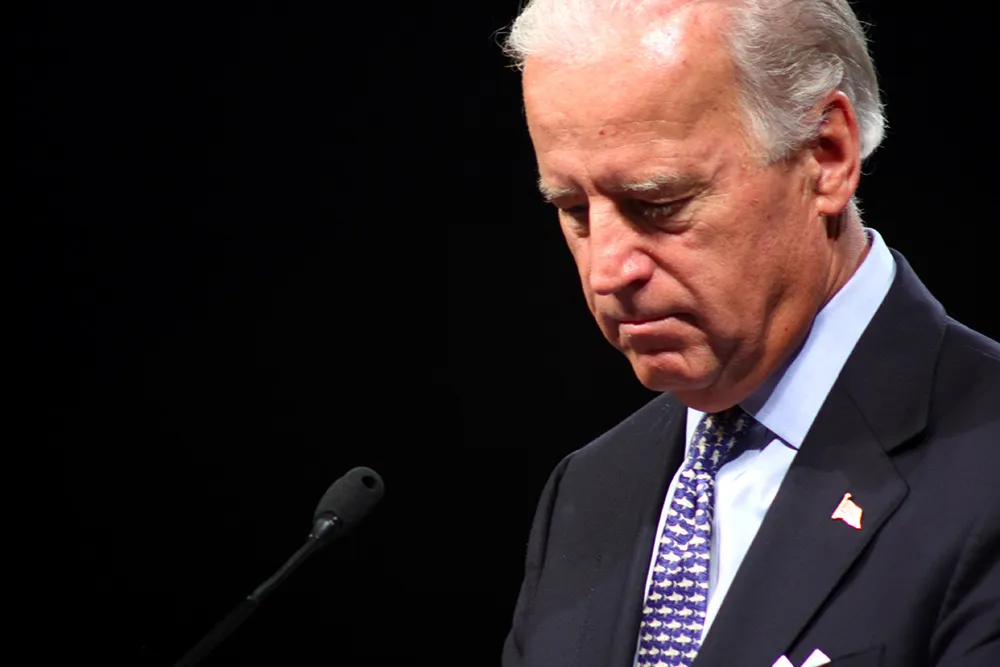A route-by-route plan for how an ambitious five-year programme to invest US$63 billion in the UK’s railways will take shape has been unveiled. The programme, starting this week, will involve the largest modernisation of the railways since Victorian times, funding projects across the whole of the UK and building on the work that is already under way.
The five-year plan for Network Rail’s new funding period, which started on 1 April 2014, will target the busiest parts of Britain’s rail network, providing
April 2, 2014
Read time: 2 mins
A route-by-route plan for how an ambitious five-year programme to invest US$63 billion in the UK’s railways will take shape has been unveiled. The programme, starting this week, will involve the largest modernisation of the railways since Victorian times, funding projects across the whole of the UK and building on the work that is already under way.
The five-year plan for5021 Network Rail’s new funding period, which started on 1 April 2014, will target the busiest parts of Britain’s rail network, providing a significant boost to the economy.
Transport secretary Patrick McLoughlin said: “A key part of this government’s long term economic plan is investing in world class infrastructure. That is why we are putting record amounts of government funding into our railways over the next 5 years. That investment will generate growth, create jobs and boost business while delivering faster journeys, greater comfort and better punctuality for passengers across the UK.
The Chief secretary to the Treasury, Danny Alexander said: “After years of neglect, the UK’s energy, road, rail, flood defence, communications and water infrastructure needs renewal, and as I set out in December, you name it, this government is building it. The government was the first to set out a clear, long term plan for infrastructure and we’re delivering it.”
The five-year plan for
Transport secretary Patrick McLoughlin said: “A key part of this government’s long term economic plan is investing in world class infrastructure. That is why we are putting record amounts of government funding into our railways over the next 5 years. That investment will generate growth, create jobs and boost business while delivering faster journeys, greater comfort and better punctuality for passengers across the UK.
The Chief secretary to the Treasury, Danny Alexander said: “After years of neglect, the UK’s energy, road, rail, flood defence, communications and water infrastructure needs renewal, and as I set out in December, you name it, this government is building it. The government was the first to set out a clear, long term plan for infrastructure and we’re delivering it.”








